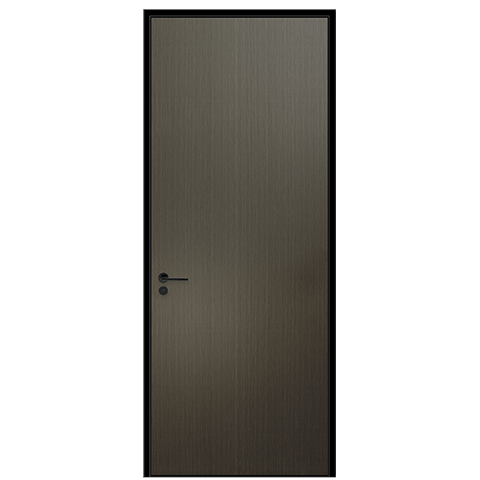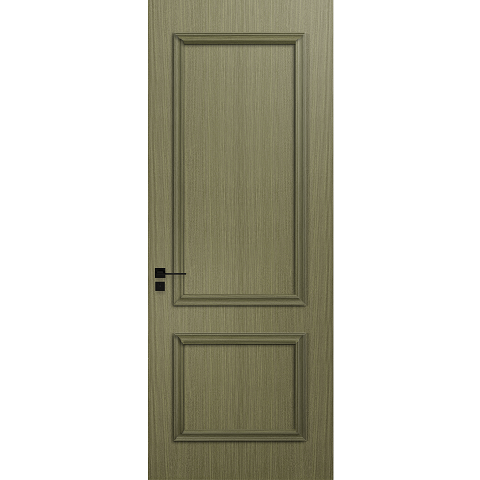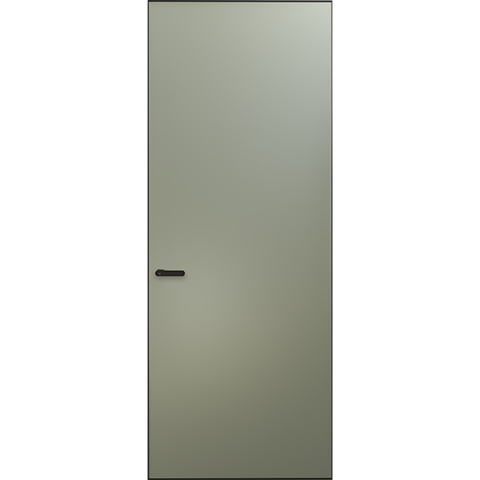The difference between hinge sliding hinges
You may not be able to tell the difference between hinges, hinges, and sliding braces, but you simply think that they are all door and window hardware. In fact, they are not. The following will introduce their differences from three aspects.
01. "Definition"
1. Hinges
Usually it refers to the four-bar linkage that keeps the window sash open or closed for translation and rotation, and sometimes it can be a six-bar linkage or other rod structure. (eg gravity) and horizontal loads (eg wind). The hinge is mainly subjected to shear force in casement windows and axial force in top-hung windows. This is the essential difference between the two types of hinges, so they must not be mixed. In addition, the opening angle of the casement window is generally required to be larger, so the hinge translation stroke is required to be longer, so generally 1/2 to 2/3 of the window width is required, and the upper-hung window is generally about 1/2.
2. Sliding brace
Usually refers to the limit device that keeps the window open, usually a two-link or other rod system (if the support rod of the two-link can be retracted, the opening angle of the window can be adjusted).
3. Hinge
Usually refers to the device that keeps the window sash open or closed to rotate, which belongs to the system with a rotating shaft.
02. "Differences"
1. The use position of the hinge and the sliding brace is different
Take the above hanging window as an example, the hinge is used at the upper corner of the window, and the wind brace is at the lower corner of the window, or the middle and lower parts. The functions of the sliding brace and the hinge are different: the hinge supports the movement of the window sash and keeps it open, and is an important force-bearing member in the whole process, while the sliding brace only works when maintaining the opening angle of the window, and the starting force is generally small. (The force can be obtained according to the moment balance). For the same window, the installation position of the hinge is relatively fixed, while the wind brace can be adjusted within a large range below the window. The length and installation position of the wind brace determine the range of the opening angle of the window sash.
2. The movement of the hinge and the hinge is different
The hinge is completely connected to the function of the hinge during the opening process of the window, so many times, people often call the hinge a hinge (hinge in English), but the hinged sash only rotates, and the hinged sash both rotates. At the same time flat. In many cases, hinges and hinges can be replaced by each other, but in some special cases, hinges must be used. For example, hinges are generally used for inverted windows, and hinges are generally difficult to meet the needs of large casement windows (such as large windows like Door 1). If the force is required, it is necessary to use multiple hinges to jointly bear the force.
3. The difference between materials
The hinge sliding support is generally made of stainless steel, and the hinge is made of stainless steel, aluminum alloy and other materials.
 Hot Recommendation
Hot Recommendation
 Latest Products
Latest Products



